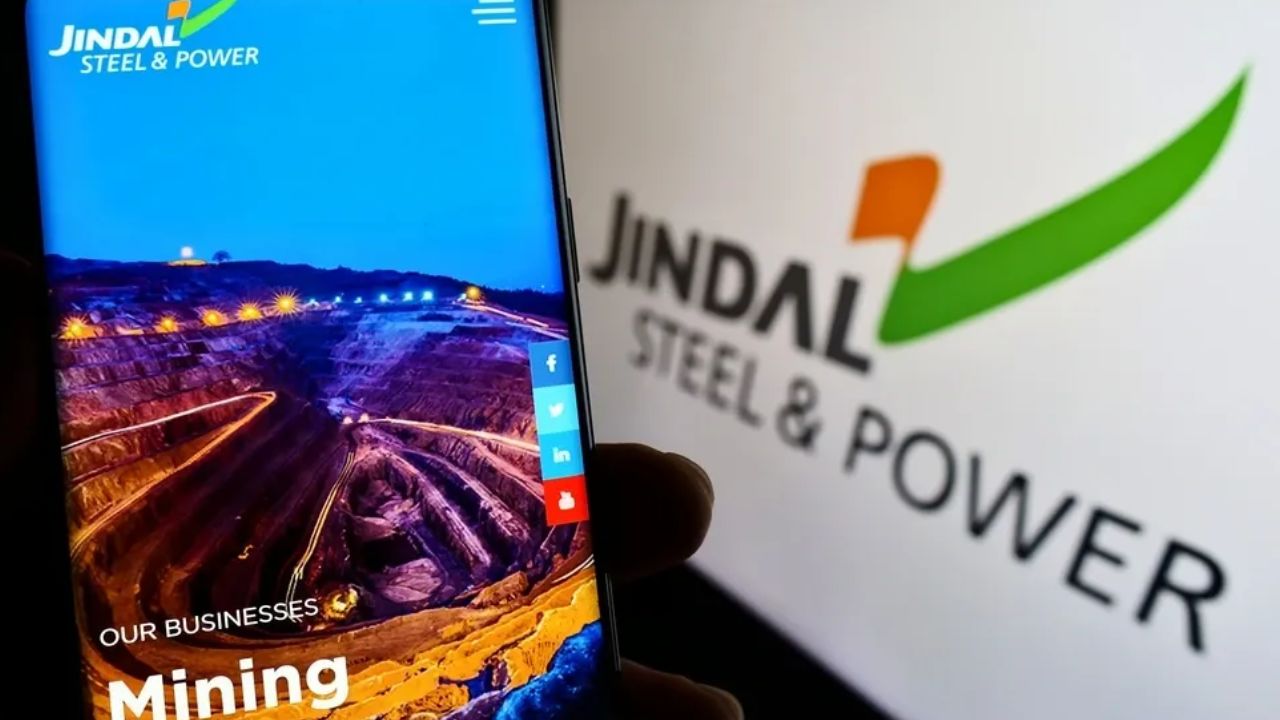Jindal Steel & Power Ltd (JSPL) shares dropped nearly 14% to Rs 724 in Friday’s intraday trade on the BSE, following a 51% year-on-year decline in its consolidated net profit to Rs 951 crore for the December quarter. Gross revenues for the quarter remained flat at Rs 13,707 crore.
The steelmaker’s profit halved due to weak steel prices, exacerbated by cheaper imports into India, which weighed on earnings.
The company produced 1.99 million tonnes and sold 1.90 million tonnes of steel during the quarter, with sales volume rising 5% year-on-year. Adjusted earnings before interest, tax, depreciation, and amortization (EBITDA) fell 24% year-on-year to Rs 2,133 crore. The operating profit was adjusted for a one-off forex gain of Rs 51 crore during the quarter.
The adjusted operating profit per tonne of steel stood at Rs 11,209, lower than Rs 15,472 a year ago and Rs 11,467 in the September quarter, which is typically a seasonally weak quarter for steel companies.
The steelmaker’s net debt rose to Rs 13,551 crore at the end of December, from Rs 12,464 crore a quarter ago, while the net debt-to-EBITDA ratio rose to 1.40 times from 1.21 times at the end of the September quarter. Jindal Steel spent Rs 2,857 crore on capital expenditure during the quarter.
“The planned expansion projects are progressing well as per the stipulated timelines, supported by strong company financials,” the company said in a statement.
Between 2025-28 (Apr-Mar), the company plans to spend Rs 23,400 crore on capital expenditure. This includes some capex carried forward, sustenance capex, enhanced projects, and integrated supply chain projects.
Jindal Steel currently has a production capacity of 9.6 million tonnes, which is projected to increase to 13.5 million tonnes in the next fiscal year and 15.9 million tonnes by 2026-27 (Apr-Mar).
Rising Debt And Financial Ratios
JSPL’s financial health has also been affected by an increase in net debt, which rose to ₹13,551 crore as of December 31, 2024, compared to ₹12,464 crore in the previous quarter. This resulted in a net debt-to-EBITDA ratio climbing to 1.40x from 1.21x.
The company’s management acknowledged these challenges but emphasized ongoing expansion projects and capital expenditures aimed at enhancing production capacity.

